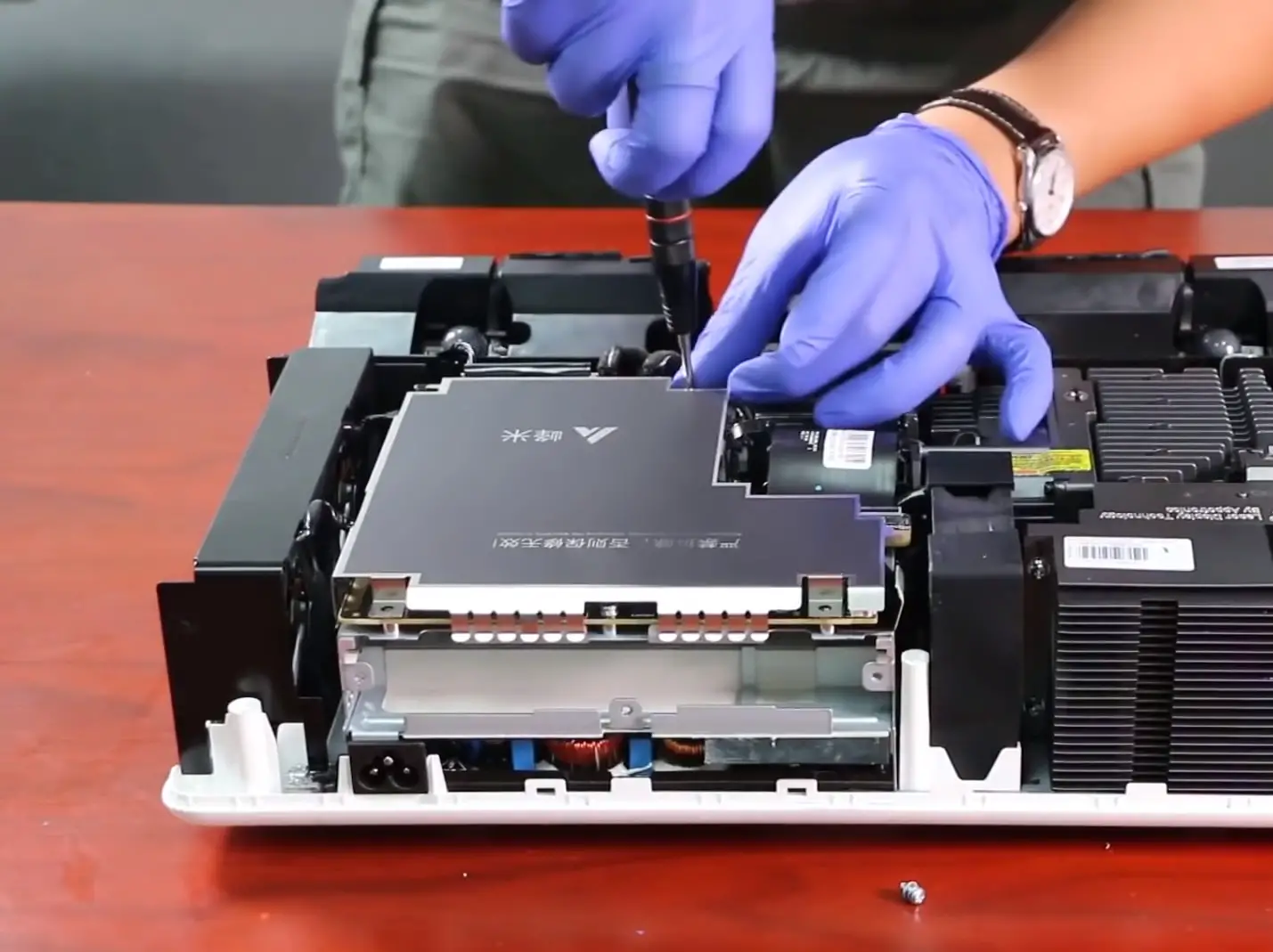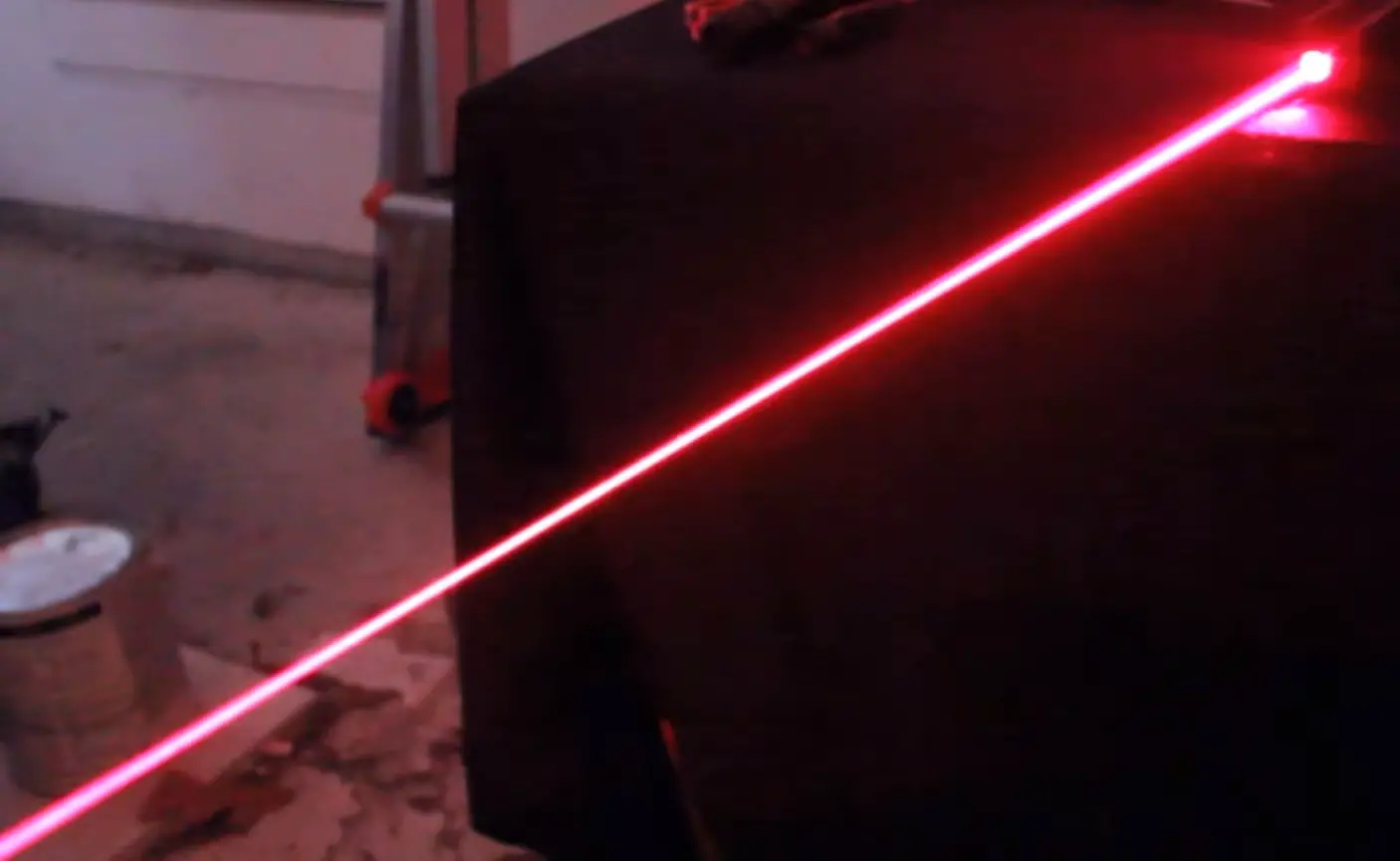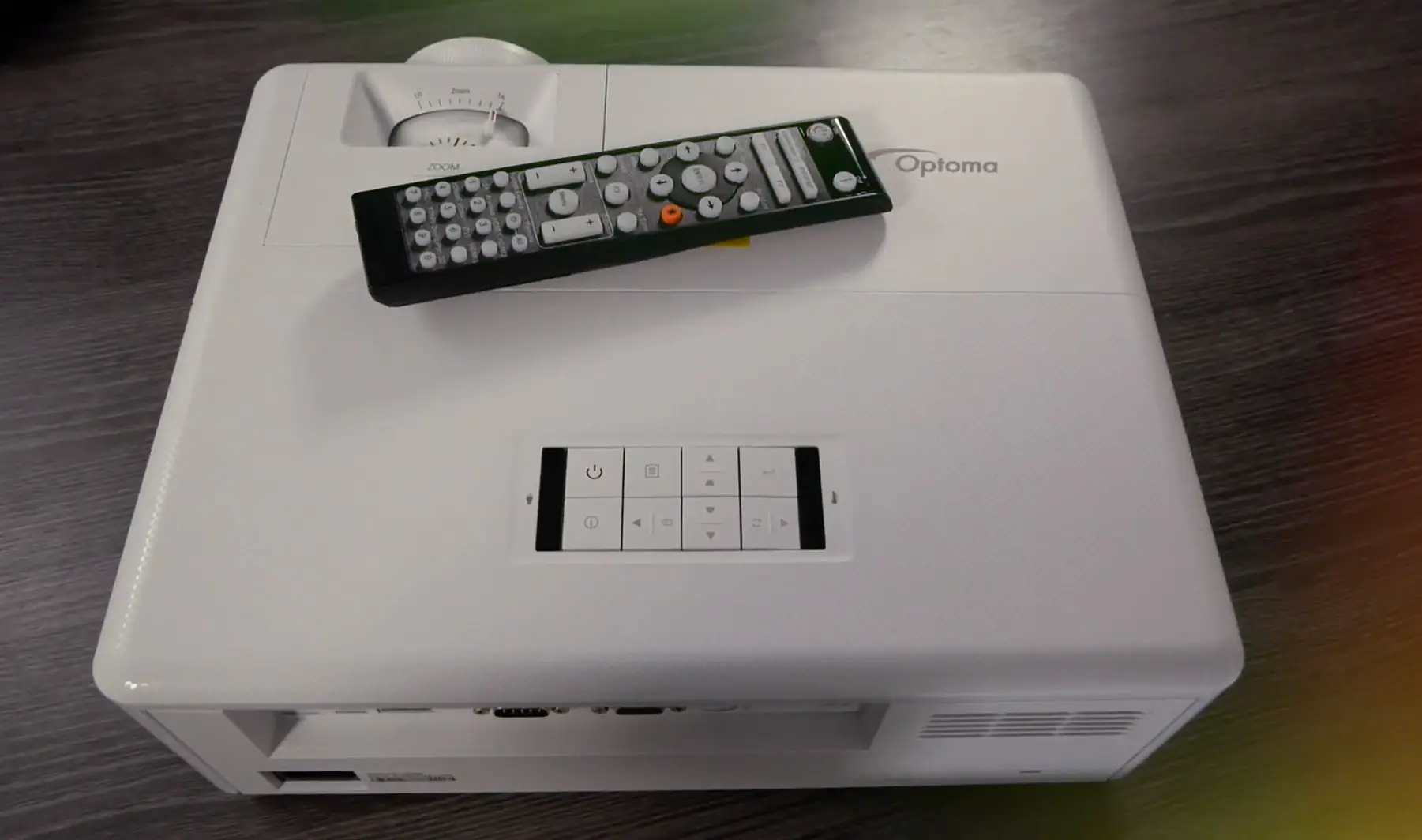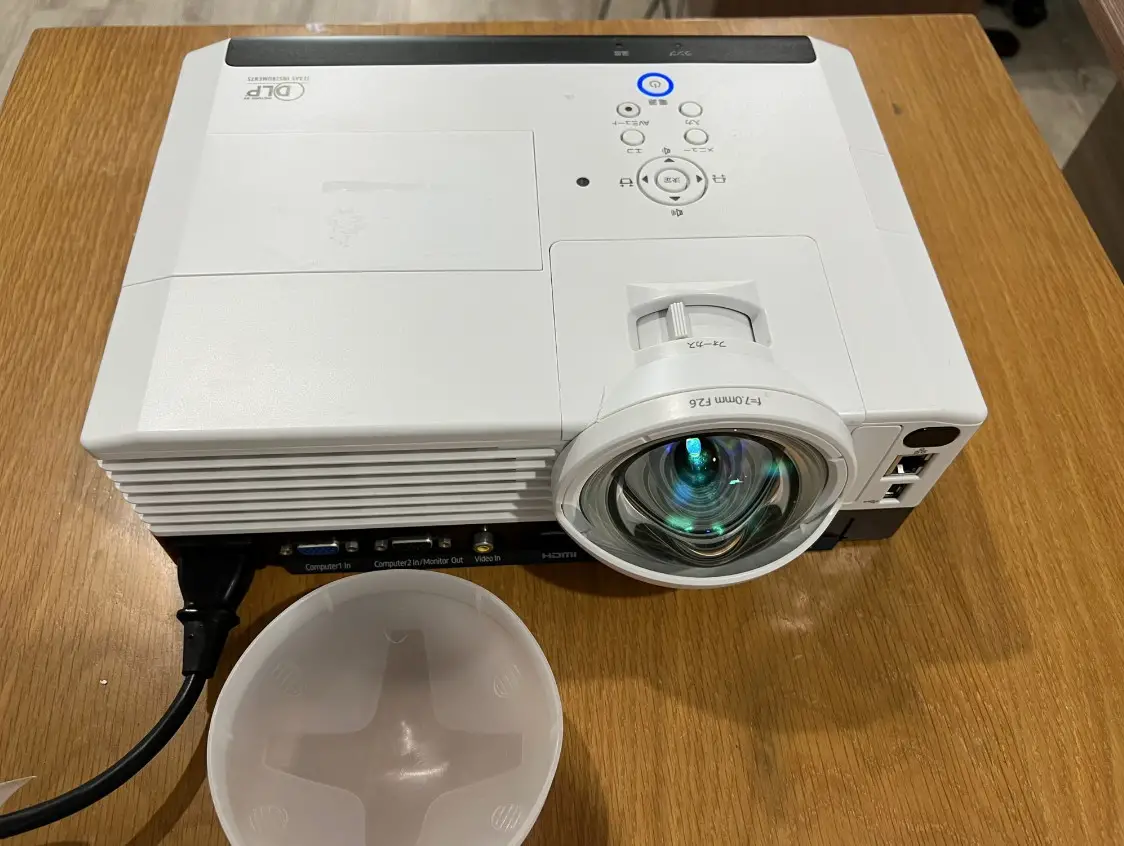How do laser projectors work? Types of laser projectors
Laser projectors are becoming more popular nowadays due to their advanced technologies and high image quality. But how do laser projectors work?
Do they function the same way the other projectors do? As the laser projection technology is quite new, the beginners may struggle to understand its basics.
This post will shine more depth on laser projectors’ basic operation and usage to give you more insight into these new devices.
The information below will satisfy your curiosity. Scroll down now to see more!
Contents
What Is A Laser Projector?
While the regular models project the light beam on the projection screen, a laser projector project the laser beam. When these laser beams reach the projection screen or wall, they turn into moving, colorful videos and images.
The laser devices are prevalent in home theater systems and professional working sites. Due to their high capacity and advancement, they can serve both entertaining and working purposes.
A laser projector comes with more modern technologies, producing higher image quality, better colors, and sharpness than regular models. Therefore the price of these devices is significantly higher at the moment.

How Does a Laser Projector Work?
A laser projector functions nearly the same as the regular slide and video projectors. But they project laser beams instead of white light onto the projection screen to create moving videos and images.
The core difference lies in the laser beams as the substitute for traditional light beams. Therefore you can easily understand how a laser projector works by grasping the operation of regular devices.
While the traditional video projectors project the light beam from a lamp, a laser projector uses a chip to produce the laser beams. These beams are then magnified when going through the lens and reaching the projection screen.
The significant advantage of laser models lies in the laser beams themselves. The laser beams have their primary colors, while the white light has to pass through the color filters to become colorful images.
The main components of a laser projector are lasers, galvanometers, mirrors, scanners, and other optical equipment. The laser projectors can produce the projection in one color using a single laser light source.
Some more high-end models use up to three lasers (blue, red, and green) called RGB, capable of projecting multiple colors. But they are costly.

Types Of Laser Projectors
There are two common types of laser projectors which are industrial and home entertainment devices.
Industrial Laser Projectors
These devices were introduced to the market in 2003. They are commonly used in optical guiding systems and working sites. The workers in the factories can resort to the visual guidance of these devices to work and produce easier.
An industrial laser projector helps facilitate the manufacturing process significantly. They are known as the most accurate type of projector on the market, which is applicable for even 3D projects.
Also recommended: Best projector under 1000
Home Entertainment Laser Projectors
This category was invented pretty lately, back in 2015. Compared to regular devices, laser projectors for home entertainment can produce wider and sharper colors without affecting brightness.
As a result, the images produced by these models are more realistic with more authentic and richer colors. They have significantly higher lifespans (about ten times) than the regular model but also come at higher prices.
How Are Laser Projectors Different?
Laser devices substitute the traditional white light and projecting bulb with the laser beams. A device consists of three laser colors: red, blue, and green.
Since the device can project the colorful laser beams directly, it helps save a large amount of energy and can deliver sharper color quality. Meanwhile, the traditional models can only project white light.
When the white light passes through the color filters, it becomes less bright.
Related: Understanding Contrast Ratio
Advantages Of Laser Projectors
Due to the discussed differences, a laser projector comes with some advantages compared to the traditional models. The biggest benefit is energy efficiency.
Energy-Saving
The colorful laser beams don’t have to go through the color filters. Therefore, their brightness won’t get affected. For this reason, the laser projectors give you more brightness and help reduce the wasted energy used for producing light.
Better Colors
The second significant benefit is the higher watching experience. The brighter image means that you avoid the image blurs and distortions when watching in the rooms with high ambient light.
The colors of the images are also more accurate and realistic to our eyes. The device can produce a wider color gamut than the traditional models cannot.
Higher Lifespans And More Comfort
The last advantage lies in their lifespan. While the traditional models take long to switch on and off, you can turn on/off the laser models instantly. This feature simultaneously helps save time and increases the device’s lifespan.
For example, some laser models can reach up to 30,000 hours of projecting time, which is ten times higher than the lifespan of a traditional projector (around 3000 hours on average).
The Setbacks Of Laser Projectors
The most significant setback of the laser models is their high costs. As the RGB models use up to three lasers, they are more expensive than the regular models.
A laser projector comes in a significantly larger size and heavier weight. This disadvantage makes them less portable and uncomfortable to carry around.

Final Thoughts
A laser projector produces images by projecting laser beams instead of white light. They make the laser beam by using one single laser projecting source or three lasers.
This device delivers much better image quality and wider color gamuts than the traditional models. What are the things you need to know about this projector?
I hope that the answer can satisfy your curiosity. Thank you for reading!





